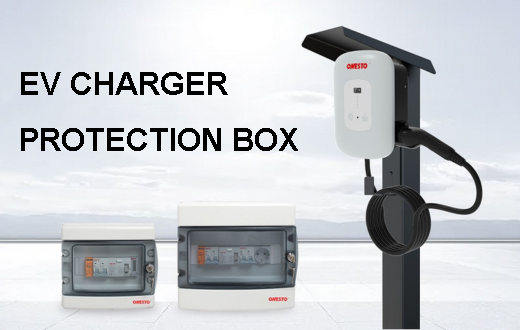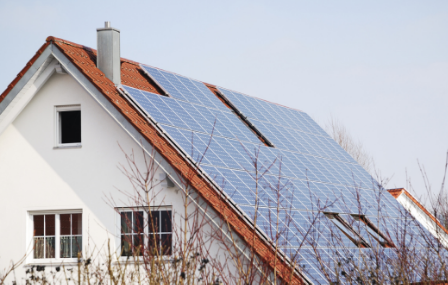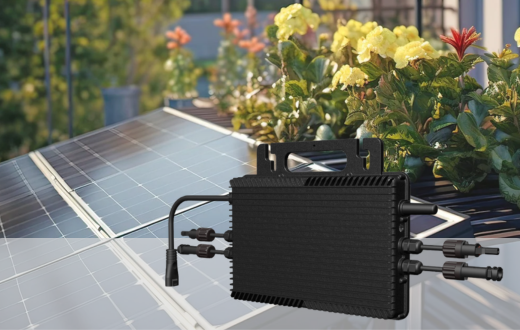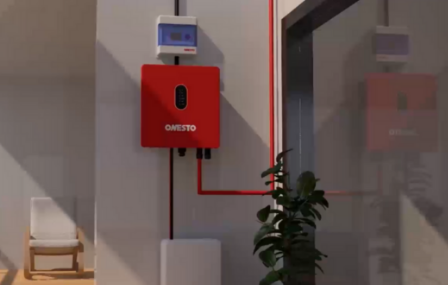A photovoltaic system can provide electricity for a home. However, different weather conditions may affect the efficiency of the system. It is important to evaluate how much electricity a photovoltaic system can provide for a home under different weather conditions and whether it is enough to meet daily needs.
On a sunny day, a photovoltaic system can produce the best results. According to data, each square meter of solar panel can generate about 1 kilowatt-hour (kWh) of electricity on a sunny day. Therefore, if a family installs 10 square meters of solar panels, it can produce 10 kWh of electricity per day, which is sufficient to meet daily needs.
However, the efficiency of a photovoltaic system will be affected on rainy days. According to data, each square meter of solar panel can only produce about 0.5 kWh of electricity on rainy days. Therefore, if a family installs 10 square meters of solar panels, it can only produce 5 kWh of electricity per day, which may not be enough to meet daily needs.
The power consumption of a family varies depending on the number of people and their usage habits. Generally, a family will use appliances such as refrigerators, washing machines, televisions and air conditioners. According to data, a refrigerator consumes about 1 kWh of electricity per day; a washing machine consumes about 0.5 kWh per use; a television consumes about 0.1 kWh per day; and an air conditioner consumes about 1-2 kWh per hour. Therefore, if a family uses these appliances every day, it will consume about 3-5 kWh of electricity per day.
When choosing an inverter for the photovoltaic system, it is important to consider the maximum output power of the system. The inverter is responsible for converting direct current into alternating current. Therefore, the maximum output power of the inverter should be sufficient to meet the power consumption needs of the family.






